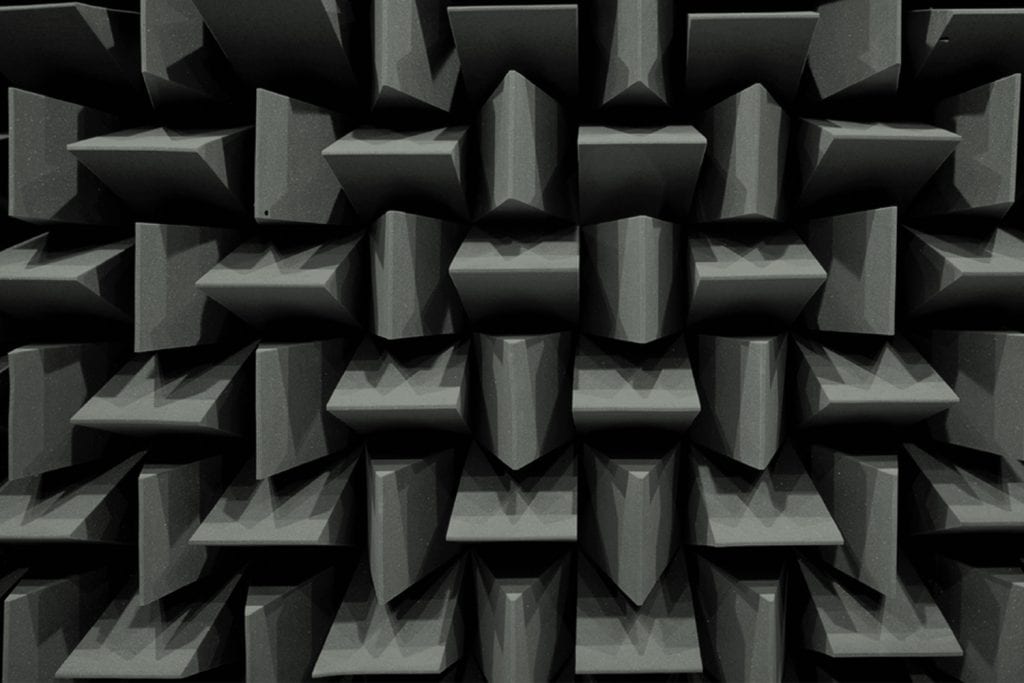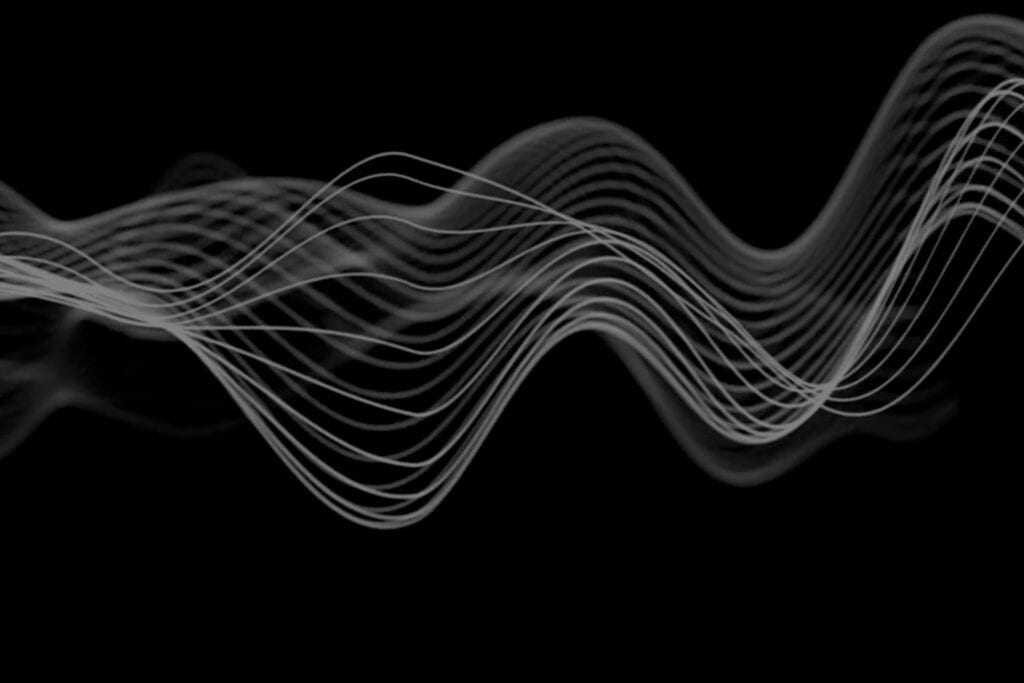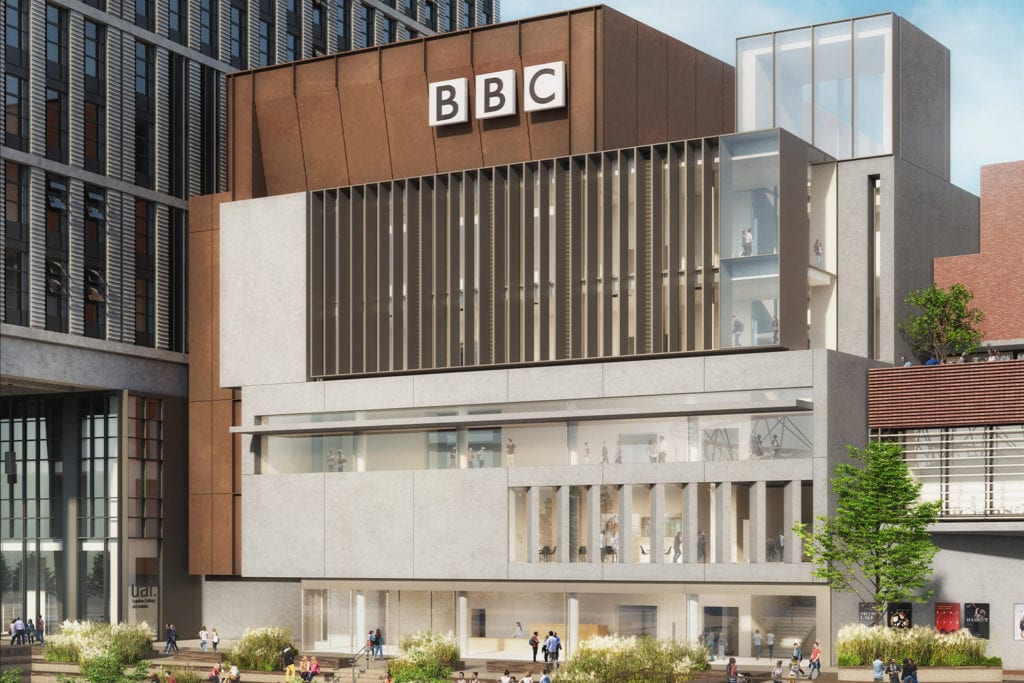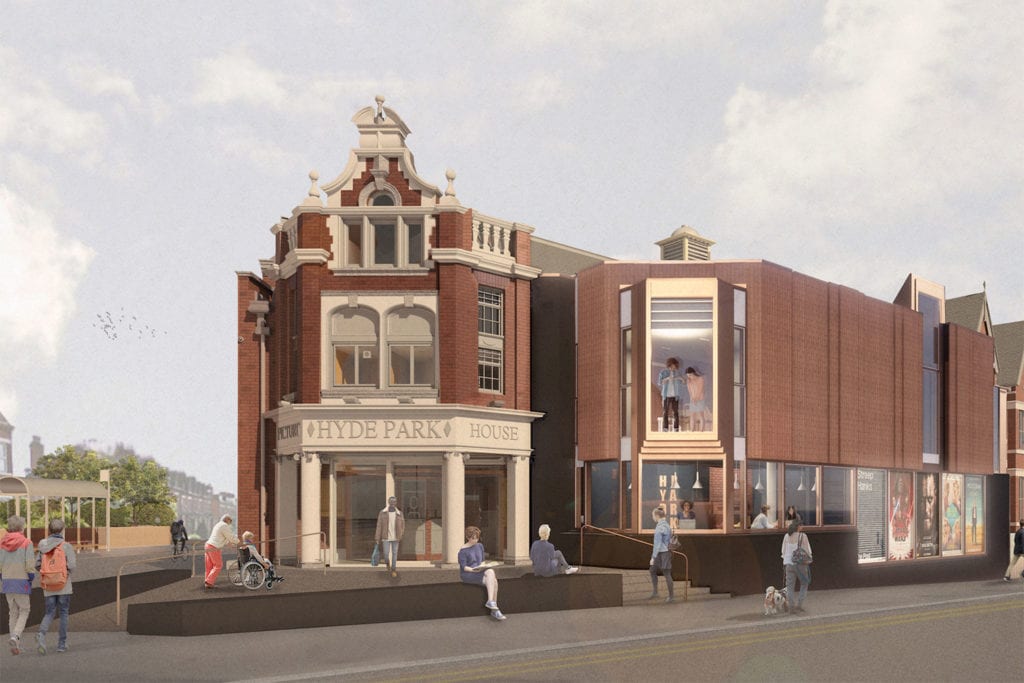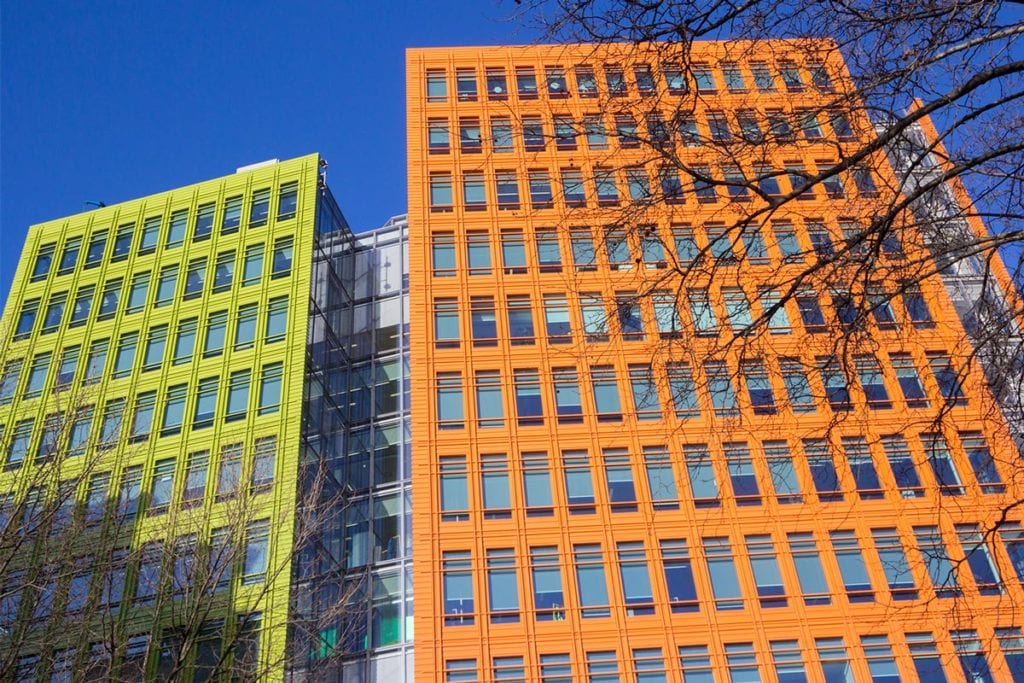Music and architecture
through the ages
Even though we often use the term “classical music” when talking about long-established orchestral music, it specifically refers to music created by European composers during the Classical era.
Much like in any other form of art, musical styles have varied throughout history following different trends, which we associate to eras or periods. How have these trends been affected by the architectural environments (known as room acoustics) in which the music was played?
This article explores the relationship between 4 classical music styles and the ideal architectural features to promote excellent acoustic environments for each style.
Music is liquid architecture; architecture is frozen music.
Johann Wolfgang von Goethe
Translating magic into science
A niche vocabulary has emerged as a result of the dialogue between musicians and acousticians to refer to musical acoustics. Find out what some of the most common terms mean.
Fullness of tone
The term “fullness of tone” is related to reverberation, which is the prolongation of a sound in a space until it fades away. A long reverberation time often results in the sound being perceived as “full”. Fullness of tone can be thought of as the bridge between gaps in discrete sounds.
Associated quantifiable parameters: Reverberation Time (RT), Bass Rise (BR)
Clarity
This term represents the musical acoustics concept, which can be thought of as the opposite of “fullness of tone”. Clarity can be described as the ability of a space to transfer information from a source to a listener with minimal loss of data. While a long reverberation time may blur the definition between musical notes, a shorter reverberation time can lead to higher clarity by providing space in which each note can be distinct.
Associated quantifiable parameters: Musical Clarity (C80)
Spaciousness
Spaciousness is the sense of a sound source being perceived as wider than in physical reality. The term can be associated with different perceptions of sound such as the overall feeling of loudness, spatial impression, quality and quantity of timbre, or distance to sound source.
Associated quantifiable parameters: Sound Strength (G), Initial Time Delay Gap (ITDG), Lateral Fraction (LF)
The architecture of music
From the brisk polyphony of the Baroque era to the grandiose textured homophony of the Romantic period. From the established symmetry and balance of Classical music to the unconventional shapes and colours of the Modern era. The aesthetics of music have evolved hand in hand with architecture.
Scroll on to find out how musical and architectural styles have developed through the ages.
Baroque Era (1600 – 1750)
Art from the Baroque era is defined by dramatic effects, flamboyant ornaments and a strong sense of movement.
This is reflected in the music through vibrant rhythms and dramatic contrast in dynamics – abrupt shifts from loud to soft. The decorative aspect is present in the use of intertwined melodic lines, which “embroider” a complex texture.
Well-known composers of the era: Johann Sebastian Bach, Antonio Vivaldi, Henry Purcell

Baroque Concert Halls
Secular music in the Baroque era was associated with court surroundings. It was performed mainly as a form of aristocratic entertainment. Compared to modern concert halls, these private spaces were relatively small, rectangular rooms with hard floors, ceilings and walls.
location – Palácio Nacional de Queluz, Portugal
Baroque Concert Halls
The highly articulated and rhythmical nature of Baroque music requires sound to be sufficiently clear. High clarity and low fullness of tone are critical to provide a good listening experience for Baroque music and enabling its stylistic features to flourish.
The architectural features of the court rooms provided perfect conditions for the acoustical demands of the music, although some argue that the opposite is true. In this sense, the music style developed in such a way due to being performed in palace chambers. The relatively small volume of the spaces enabled sound to feel intimate and provided a controlled reverberation time.
Ideal architectural features:
- Relatively small room volume
- Short distance from listener to stage
- Stage support if volume is large
- Nearby surfaces to reflect early sound energy to the audience. In shoebox halls, the first sound reflections are typically provided by the side walls or balcony fronts. In wider halls, suspended panels or ceiling elements are relied upon to provide early reflections.
- Where the room volume is large, the reverberation time should be lowered through strategic location of sound absorption
Classical Era (1750 – 1820)
In the Classical era, the focus shifted towards symmetry and proportion. The musical texture became mostly homophonic, with short melody lines predominating over an accompaniment.
The use of dynamics was expanded through gradual changes in sound volume, rather than abrupt changes. This was enabled through the development of existing instruments and the increasing size of the orchestra.
Well-known composers of the era: Ludwig van Beethoven, Wolfgang Amadeus Mozart, Joseph Haydn

Classical Concert Halls
With the concept of popular concerts being established, concert halls were open to the public. These were larger spaces that could accommodate an audience but, architecturally, they still generally consisted of rectangular halls with a flat ceiling.
Theatres were also used as spaces to perform instrumental music. These commonly had a “horseshoe” shape and larger volumes.
location – Haydnsaal, Esterházy Palace, Austria
Classical Music Acoustical Demands
The shift towards a more unified musical texture meant that clarity of sound was not as critical as it was during the Baroque era. This, coupled with the increased dynamic scope of the orchestra, led to a demand for more fullness of tone.
The larger sizes of the venues meant that the sound of the orchestra was inherently perceived as more full and rich. However, musical sounds still benefited from clarity due to the strong reflections provided by the “shoebox” shape of the halls.
Ideal architectural features:
- Medium volume
- Nearby surfaces to reflect early sound energy to the audience proportional to the room volume (heavy localised concentration early energy may result in areas of the hall being perceived as too loud)
- Strong lateral sound reflections
- Limited sound absorption in the hall
Romantic Era (1820 – 1900)
It was during the Romantic period that music become more connected to other forms of art, and grew passionate and intensely expressive. Stylistic trends include long, lyrical melodies with a great variety of tone colours, orchestral effects and rich textures.
Composers of the era broke with the rigid rules of Classicism and stretched the size and dynamic scope of the orchestra.
Well-known composers of the era: Johann Strauss I, Pyotr Ilyich Tchaikovsky, Edvard Grieg

Romantic Concert Halls
The Romantic era saw the development of many great concert halls around the world. The size of the concert halls gradually increased in order to accommodate larger audiences. Generally, halls still showed the influence of court chambers but started to divert from the simple rectangular shape.
location – Mariisnky Theatre Concert Hall, Russia
Romantic Music Acoustical Demands
Romantic music does not require listeners to separate out different sounds, but to perceive a blend of all musical sounds and effects from the orchestra. The acoustical desire was for high fullness of tone and low clarity of sound. New acoustic features such as warmth and spaciousness started to play a key role in the listening experience.
The acoustical demands of the music were supported by the large volumes of the halls and the generally wider walls. The longer distance from the audience to the stage and nearby reflecting surfaces lead to much lower clarity of sound and intimacy.
Ideal architectural features:
- Large volume
- Nearby surfaces to reflect early sound energy to the audience proportional to room volume
- Very strong lateral sound reflections
- Use of thick, heavy materials to form the ceiling/soffits and walls and not overly thick upholstery to limit low frequency absorption. This will provide “warmth” to the sound by enabling low frequencies to sound stronger.
Modern / Post-modern Era
(1900 – Present)
Modern and Post-modern music reflects the artistic movement towards innovative, abstract ideas. Composers became very inventive and explored undiscovered ways of expressing music, which included the development of a new tonal system.
Dissonances and complex rhythms were the new norm and were emphasised through extreme dynamics and expressiveness.
Well-known composers of the era: Claude Debussy, Jean Sibelius, Dmitri Shostakovich

Modern / Post-modern Concert Halls
The ambition to host large audiences took over in the 20th century, pushing designers to experiment with new, less-established concert hall shapes. It was during this experimental period that poor sound became more apparent as concert halls diverted more and more from the ballroom proportions.
The “vineyard” shape was invented, incorporating surround seating, a tent-like ceiling, and cascading balconies. Other new experimental settings such as fan-shaped halls were explored. Some of these new styles led to very impressive architectural effects. However, this sometimes led to an underwhelming listening experience.
location – Sinfonia Varsovia, Poland
Modern / Post-modern Music Acoustical Demands
Due to the broad span of musical sounds that Modern and Post-modern compositions offer, contemporary halls need to strike a balance between the different possible acoustical conditions.
There is a trend for intimate sound experiences, whilst allowing musical sounds to be rich and envelop the listener.
Ideal architectural features:
- Large volume with adjustable reverberation time
- Nearby surfaces to reflect early sound energy to the audience in accordance with room volume
- Stage support to promote sound strength
- Very strong lateral reflections where possible
- Uniformity of sound in audience area
- Balance the sound absorption at low and high frequencies through dense materials.
Pop & Rock in Concert Halls
Contemporary concert halls often host non-classical concerts. The sounds generated at Pop and Rock concerts (among other amplified genres) are radically different to the orchestral sounds.
Higher sound levels with a smaller dynamic range are usually the norm for amplified music. A key difference is the low frequency content. Bass guitars and bass drums contribute to the large amount of sound energy at the low frequencies.
This type of music demands balanced reverberation, particularly at low frequencies. This is to prevent sound from becoming “muddy” or “boomy”, and potentially masking other musical sounds.
Ideal architectural features:
- Low frequency absorption (especially at 125 Hz)
- Little to none high frequency absorption as that is provided by the audience
How can we help?
From its physical principles to its latest computational processing, we study sound in all its forms. Sound as a simple one-dimensional wave, sound as vibration, sound as art.
We help sculpt performance spaces to realise acoustical excellence, starting from an artistic vision brought to life by science. This article is the first in a series of pieces which describes our unique approach to make science of magic. Musical programs, client’s briefs and aspirations can change and the impact on the outcome can be challenging to understand, potentially delaying the design process.
We have a unique software package developed in-house which allows the real-time rapid prototyping of venues with a parametric modelling tool. This way, changes can be made with the layout, volume, shape and configuration of the performance spaces and the effects on the acoustic performance can be seen instantly, in real-time. The next element in this series describes this process, look out for our social media posts to find out when this is released.


